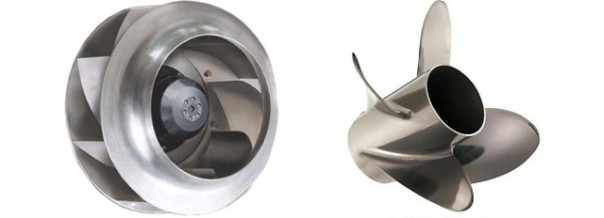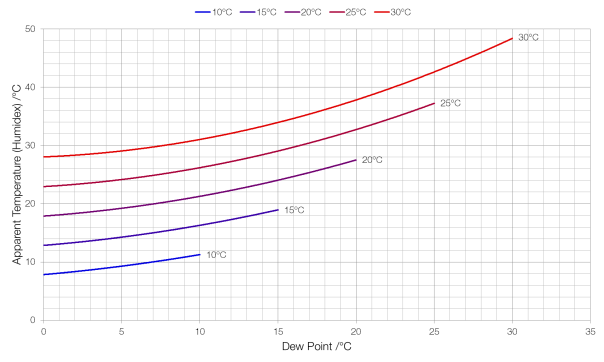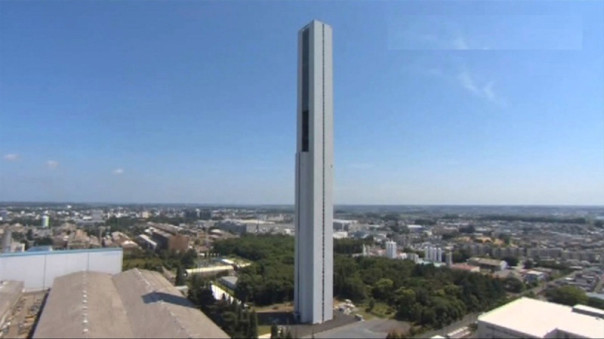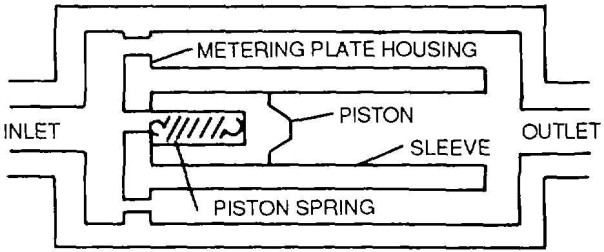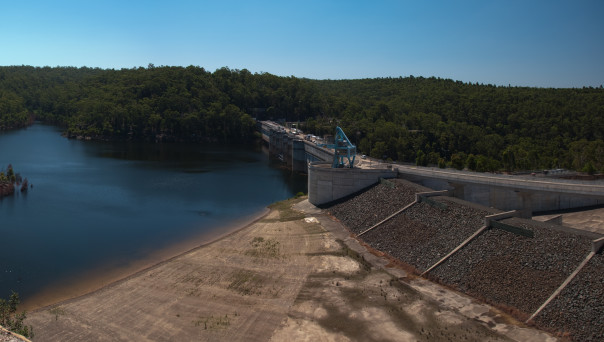MrReid.org launched on 30th August 2007. In 2012 I published a Five Year Review, and last year I reviewed 2012-2013, and I thought I’d follow up this year with a review of 2013-2014.
September
September, like many months this past year, was a quiet one for posts. I looked at where all the elements came from, the differences in the order of subjects, objects and verbs in sentences in various languages, and finally worked out the difference between “tons” and “tonnes”.
October
I was quite pleased with a post about tritium illumination and telomeres and aging, but my favourite post from October was one about the different types of average. I also wrote about an actual method of turning lead (or something else) into gold.
November
I liked all my posts from November. The post about different sorting algorithms was probably a bit too long, and could maybe have been a bit clearer, but the ones on the different gases used when breathing underwater and on RAID array types were just right.
December
The post about the EURion Constellation and counterfeit money was easily my favourite from December, and one of my favourites from the whole year. I also liked Earth Sandwich and the post about inequality and the Gini Coefficient.
January
There was nothing really outstanding from the month of January, but I did enjoy researching Unconventional Nuclear Weapons.
February
February was very quiet, with only two posts: one on converting from miles to kilometres by using the Fibonacci sequence which was more popular than I’d expected it to be, and one on decibel weighting and the difference between white and grey noise.
March
March was not a good month for MrReid.org.
April
April was much better than March, in that I actually made some posts. MrReid.org joined Twitter, and I wrote another personal favourite post discussing what “Five Sigma” data is. I also corrected a very common misconception, writing about the difference between real and apparent weightlessness.
May
May was another busy month, with a definite typographic theme towards the end. My personal favourite was Why Tokyo Looks Different From Space, but I was also pleased with Ranking Ratings and UPC Barcodes.
June
An amazing coincidence in June, when an issue I wrote about in a MrReid.org post (Cousins or Siblings?) came up in an A Level biology final exam question a few days later. I also wrote about where space starts, and the shape of rocket engines and the creation of “shock diamonds”.
July
July wasn’t a brilliant month, because I was very busy at work. I’m still not quite sure I explained why we can’t get all the way to absolute zero quite well enough, but it’s a post I quite like.
August
I found The Composition of Earth’s Atmosphere with Elevation very interesting, but I have a feeling I might be the only one. I was also very interested by hydraulic fuses, and I finally worked out the difference between an assault rifle and a carbine. I also explained why it feels hotter when the air is more humid.
Here’s to 2014-15. I hope you’ll keep reading.
